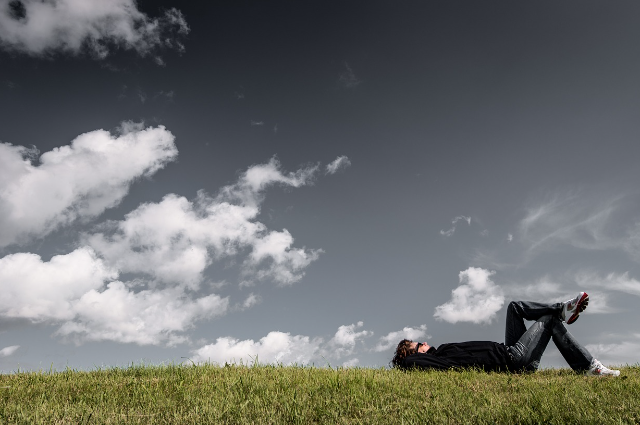
Introduction: The Mystery of Dreams
We have all just awakened out of a dream which seemed so true that it was with us even hours after. It is, sometimes, a sweet reunion with someone we miss, a nightmare, and we feel our hearts racing, and sometimes, such a bizarre experience that we cannot put it into words. But what are dreams, really? Are they simply the products of the idly whimsical imaginations of our minds, or might they represent something more minute apertures into parallel worlds in which other versions of ourselves lead totally different lives? This is a question that has baffled thinkers, scientists, and spiritual leaders for centuries.
The Science of Dreams: Illusions of the Brain
Current-day science describes dreams as the process of the brain to process memories, feelings, and unconscious thoughts. The brain is extremely active during REM (Rapid Eye Movement) sleep, and it is almost as if it is awake. According to neurologists, dreams are a combination of stored experiences, suppressed fears, and the brain trying to make sense of the random signals. This is why they usually seem so disjointed or weird- it is just your brain making some stories during its file cleanup.
In this perspective, dreams are illusions--interesting, significant in some instances, but not real. However, even science says that there is much we still do not understand about dreams. What is the reason why other people dream the same dream over and over? Why are prophetic dreams, those in which one can see something before the event, reported in different cultures? The mechanics may be a scientific answer, but that is still a mystery.
Spiritual Views: Dreams as Pathways
Science tends toward the concept of illusion; the spiritual traditions tend to think of dreams as portals to other worlds. The Hindu philosophy, as an example, addresses the world itself as the Maya, the illusion, and the waking state, as well as the dreaming state, as both layers of reality. This perspective holds that dreams need not be meaningless at all; in fact, dreams may be snippets of other dimensions in which the soul is voyaged whilst the body rests.
Even Buddhism frequently makes the analogy that life itself is a dream, implying that what we perceive as the real world when we wake up is no less real than the world we see when we sleep. Most traditional beliefs held that dreams could communicate with the ancestors or gods and did not deem it trivial, as many indigenous traditions held. Based on these views, the dreams are not only a mere illusion, but it is an experience that makes us experience a different world.
Dreams as Parallel Lives: Could It Be Possible?
This is where it becomes really interesting: what then, if dreams are not inner histories, or religious travels--what if they are moments of parallel lives? Other physicists who examine multiverse theories indicate that in other universes, an infinite number of us might exist. In a different world, you are just yourself, but you could be a painter, a traveler, or even a person who made another life choice years ago.
Could dreams be the bridge? Consider that you do not tend to feel when you dream that you are making up a story. You feel like you’re living it. You have feelings, make choices, and deal with people as though it is real. And what happens, in such an instance, when you are talking to some other person in some other world? Even the moments of deja vu that we have had in our waking lives, when an occurrence seems strangely familiar to us, may even give indications that we may have lived it at some other place before.
Strange Stories: When Dreams Feel Realer Than Life
Throughout history, individuals have shared accounts of the dream that mentioned the intermingling of illusion and reality. They dream of reuniting with their deceased relatives, and they wake up feeling at peace as though they have indeed reunited. Others have dreams of the places they have never visited, and later they find out that they are real. In some instances, dreams have been found to provide solutions to issues- notorious ones include the sewing machine and even part of the theories made by Einstein.
Such experiences do not seem illusory to the dreamer. They get the impression that they are entering a different world, a different reality that exists alongside the world we live in. Coincidence or subconscious genius or an indication of parallel lives, either way, we are left guessing whether it is that we dream more than we believe.
Conclusion: Illusion, Window, or Both?
Then, do dreams only make up illusions of the mind, or are they open doors to another world? The reality is probably somewhere in the middle. Science reminds us that there is a biological role of dreams, which allows us to process our inner world. Yet philosophy or spirituality, even personal experience, hint at something more. Dreams may be the doors to other worlds, alternative personalities, or some truths we are still in the process of comprehending.
Next time you wake up in a dream that even seems more real than life, stop and think about it. Perhaps you were the one who was dreaming up tales, or perhaps you had a glimpse of still another planet where still another you is living today.
After all, who’s to say our dreams are only illusions when they feel like the most vivid realities we’ve ever known?
